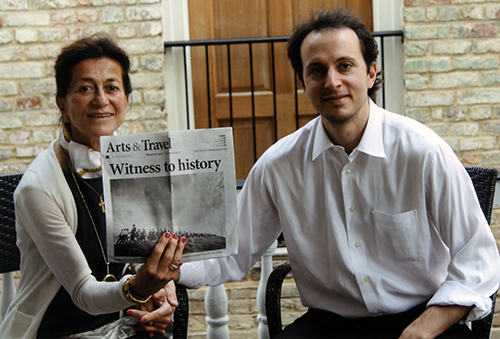How does a photograph stand the test of time? What makes it different than one taken at the same moment and place?
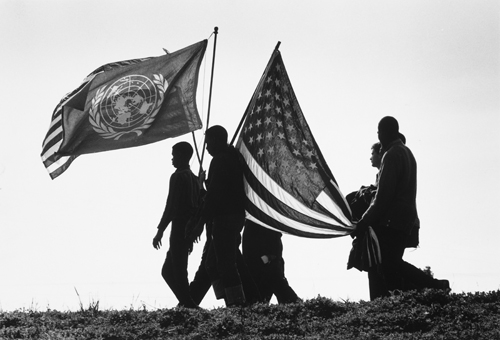
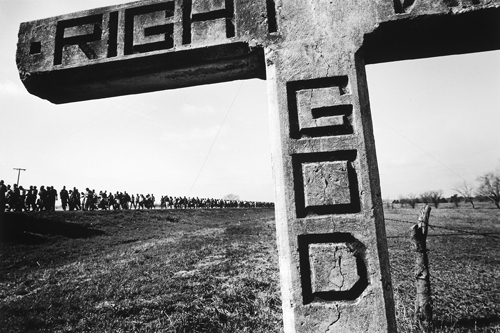
Many people have told me that the photographs by my father, James Karales, are iconic, beautifully printed, great works of art and I agree with them. What makes them what they are is still a bit of a mystery to me. I was too young to be around my father when he took his most important photographs and I never asked him much about his work or talents before he passed away when I was 21 years old. Before I came down to Charleston to attend the opening night of the exhibition of his work my mom asked me to say a few words to the audience. I thought of what it means to be a photographer and what it takes to make a great photograph. The analogy I came up with was that a photographer is like a fisherman. He must have patience, talent with the tools he uses, and must be in the right place at the right time to make that great catch. That is how I view my father, a man of great talent with the camera and print making equipment, who had this calm demeanor and patience, and who worked in a period of time in our nation which was full of meaningful, interesting, and historical moments.
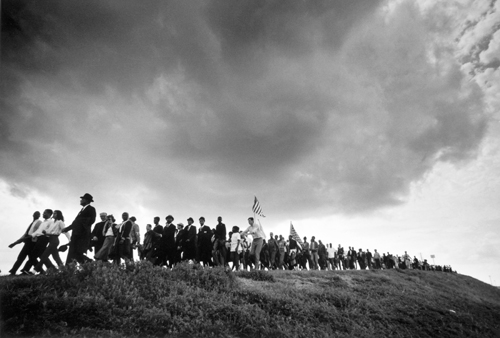
I am assured of my idea with a story that he told many times of his iconic picture of the Selma March, in which he described trying to find an image that would symbolize the meaning and feeling of the march. He struggled over the course of the five-day march, making countless attempts to produce something that he felt worthy of his goal. On the last day a storm swept in and he knew that this was his moment. He rushed to get to the right spot to frame both events as they happened. He was fortunate to get the shot as the storm moved on quickly. It so happens, another photographer was trailing him and attempted the same shot, but did not get the same effect. The menacing clouds and synchronized stride of the marchers happened in one short moment and is what makes this photograph so special. It was one of my father’s greatest catches and was the result of his great patience.
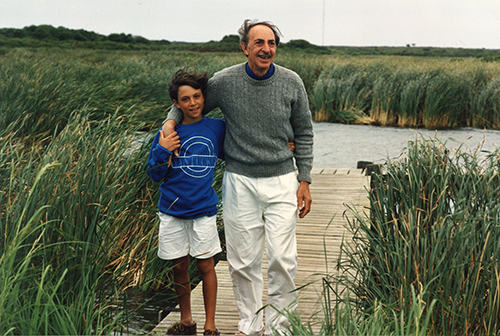
My father would be honored that the Selma March photograph and his other works are on display in Witness to History: Civil Rights Era Photographs at the Gibbes Museum.
—Andreas Karales, Architectural Designer, NYC, and guest blogger
Published February 14, 2013
